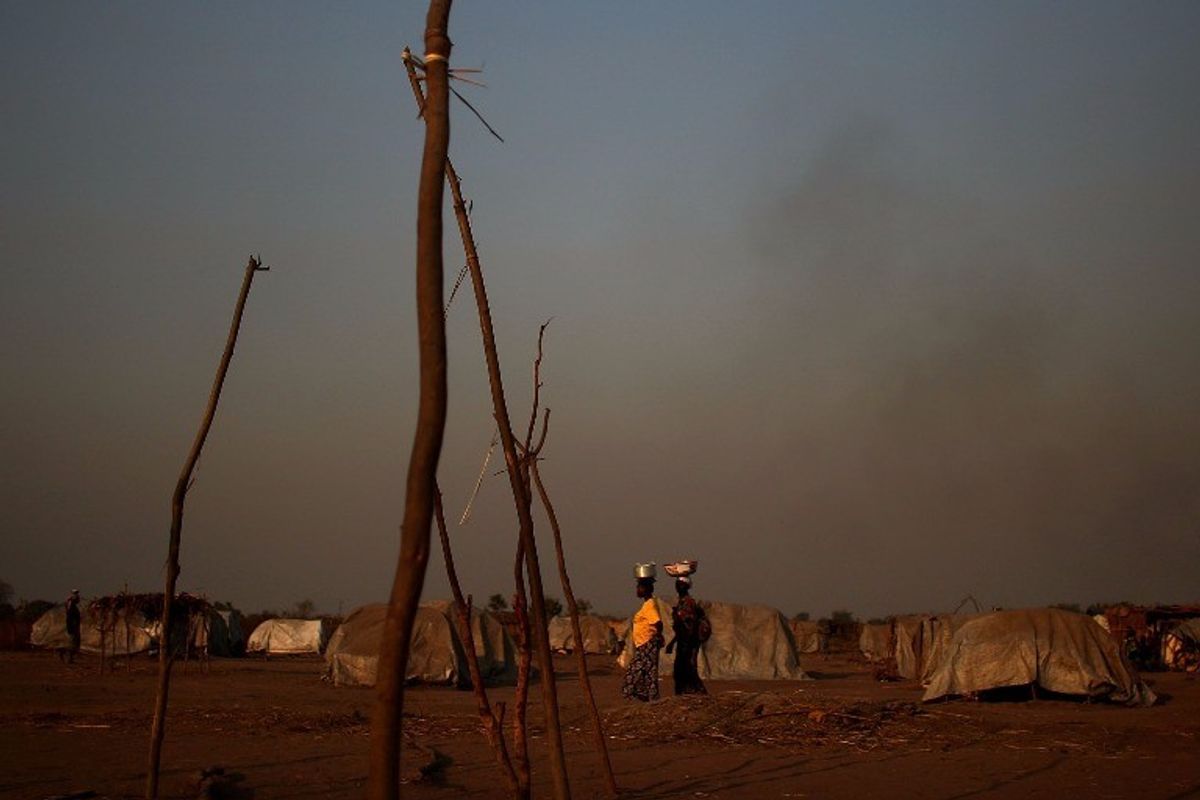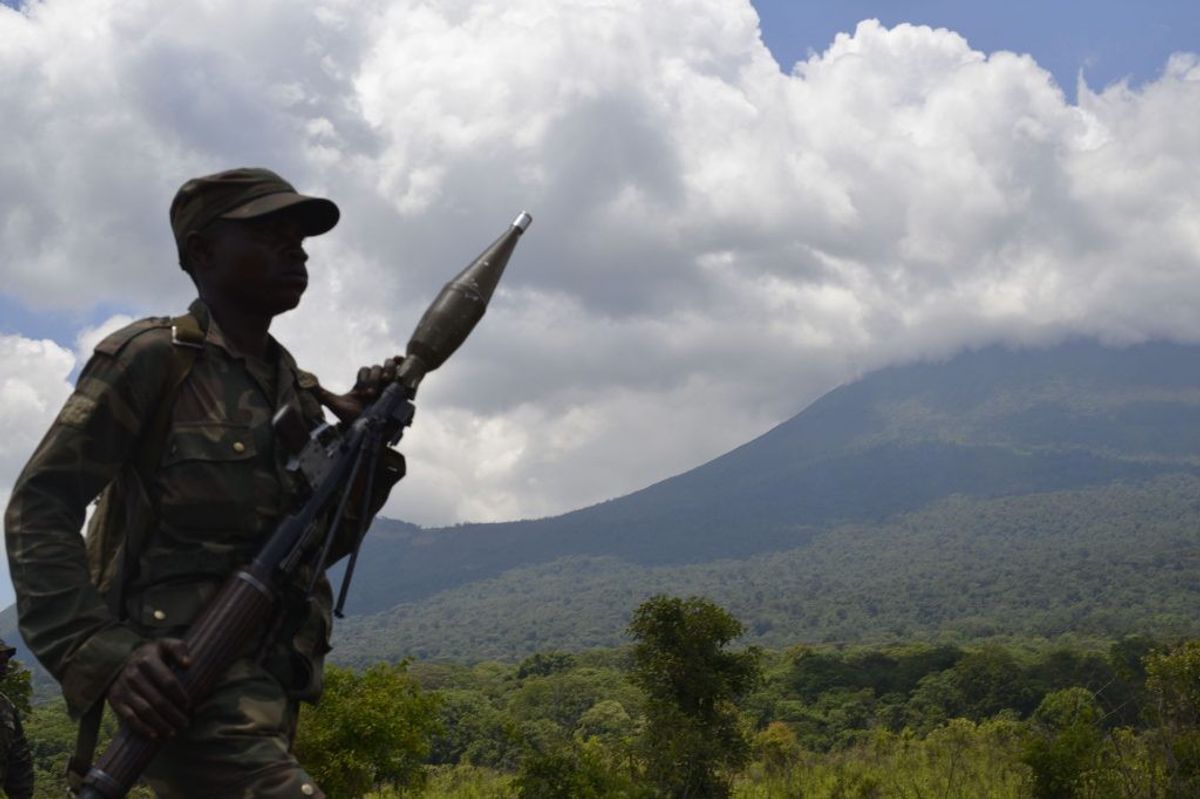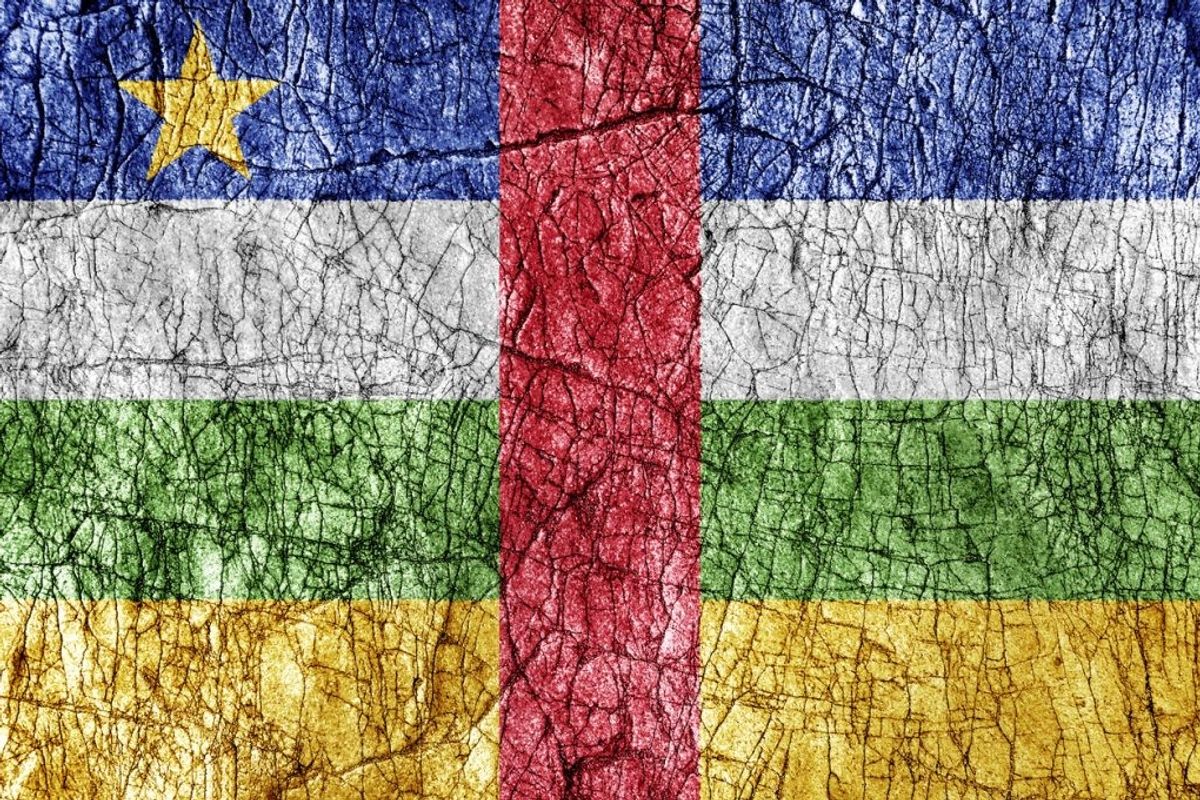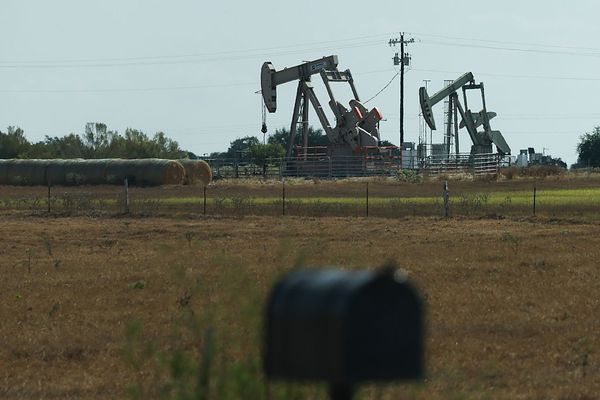Seven people were killed and around 20 others injured over the weekend in a grenade attack on a peace concert in the Central African Republic capital of Bangui, as violence surges this year in the country where a 12,000-troop-strong UN peacekeeping mission, MINUSCA, is based. The UN Security Council passed a resolution on Wednesday that will add 900 troops to the mission to protect civilians in CAR.
The Cipher Brief asked Peter Yeo, President of the Better World Campaign and Vice President for Public Policy and Advocacy at the United Nations Foundation, about his recent trip to the Central African Republic and the security situation there.
TCB’s Kaitlin Lavinder started by asking Yeo about his observations on the ground.
“What struck me was the situation in the Central African Republic is getting worse, not better, and that the attacks on civilians have grown exponentially just over the past six months. So that's created a challenge for the UN peacekeeping operation, which is how do you reach the remote villages and towns where the violence is occurring with sufficient number of forces to actually make a difference? It's a very large country in terms of size, and the peacekeepers are overstretched. So as we look toward the mission renewal in November, I think there needs to be an increase in the number of troops we have in the Central African Republic in order to have more of an impact on the ground.
The second observation is hope is not lost, because we visited a town where the peacekeeping mission had come in, kicked out the warring parties, created a city free of armed groups, and as a result has begun to reestablish peace and security. This sort of seize and hold approach toward areas of the Central African Republic holds great potential to reduce violence in other areas of the country. Hope is not lost. The mission is doing important work. But they have got to find a way to control more effectively a greater portion of the country. “
Yeo says the number of attacks have grown recently partly because U.S. forces withdrew.
“There’s been a rise in attacks in the eastern part of the country where U.S. forces have recently been withdrawn. The U.S. had forces – not a large number but had forces in eastern CAR – they were U.S. and Ugandan forces going after Joseph Kony, and those forces were withdrawn. It’s created a security vacuum in some communities in eastern CAR, and armed groups have run into this vacuum, and it’s caused a significant increase in militia attacks on civilians.
Part of it is the growing conflict over resources: the cattle that are grazed across the northern part of the country, really small scale diamond mining, and control of arms and cash. It’s pretty rough territory in most of the country as it relates to these armed groups. So a lot of what’s happening is violence caused by rape. There’s a religious element too for sure. The frame of the Christian versus Muslim attacks is significant, and it's a real concern in the Central African Republic, but the conflict isn’t only about religion; it’s also about control over resources at the local level.”
Yeo notes that the U.S. should care about what happens in CAR because without stability, there’s the potential for extremist forces to move in.
“The important reason to care is because without the peacekeepers, there’s no stability in the Central African Republic; and without stability in the Central African Republic, you have a toxic soup for the potential recruitment and training of extremist forces. It a rough neighborhood, with South Sudan and Sudan and Congo, all of which have some presence of organized extremist forces. And so it’s pretty imperative that the UN and U.S. work together to ensure that the current government of CAR can stay in power and that there’s some element of stability brought to these towns and villages in order to put a lid on this, a breeding ground for extremists.”
Of the different extremist groups in the region, Yeo says that ISIS is a growing concern.
“ISIS is something that I know is an increasing concern – groups that align themselves in terms of their messaging with ISIS that are present in the region. We’ve heard that ISIS has tried to engage with some of the local militia groups, that they are trying to take advantage of the fact that there are local militia groups, the Seleka groups, to try to move them towards a broader set of actions.
There has been extremist violence, bombings of hotels, in Africa for the last two years. We need to make sure we’re doing everything we can to ensure that young people have hope and that there’s something to work for other than trying to topple a government and kill people of another faith. That's what the peacekeepers are designed to do. The peacekeepers are designed to not only protect civilians, but over time find a way to restore an element of stability to Central African Republic to prevent it from becoming, among other things, a breeding ground for terrorism.
We need to have our eyes wide open as it relates to what constitutes success in Central African Republic. The government controls on a good day only 40 percent of the country. When the government controls 40 percent of the country, and militias or armed groups control 60 percent of the country, it means that the peacekeepers have their work cut out for them and that we need to be reasonable about what success will look like. At the end of the day, success will not look like prosperous African countries such as Rwanda or Uganda or South Africa. It's the poorest country in the world, so it's a long road.”
What should the Central African Republic, the international community, and the U.S. do?
“The first and foremost thing that needs to happen is the government of Central African Republic, which is a democratically elected government, needs to step up and take greater risks to bring peace to their own country in partnership with the UN. An important focus has got to be that not only the president, but the government ministers must find a way to get out to the rest of the country, make every effort to reestablish peace and security in conjunction with the peacekeepers. It's a perishable moment here. There’s a very large and effective peacekeeping force in the country, which is trying to establish peace and security, and actually has the capacity to get from point A to point B within the country. Take advantage of that window. That window’s not going to be open forever. The government needs to be aggressively using this window of opportunity to establish trust with the broad spectrum of people in Central African Republic.
The second thing that really needs to happen is the peacekeeping mission – MINUSCA – needs more forces. We met with them, and they felt that if there was a surge in some additional forces coming into CAR that they might be able to bring the armed groups to the negotiating table, and most importantly, force the armed groups to actually live up to the terms of whatever agreement is cut.
There are two ways the U.S. is involved. First and foremost, obviously, is through our UN peacekeeping mission, but we have a large and robust embassy in the Central African Republic. If you think about the diplomatic work that needs to get done to get all of the parties to do the right thing in the country, it’s going to require leadership by the diplomatic community – including the United States, the French and the European Union. So yes, we pay 25 percent of the bills of peacekeeping, but it’s also about diplomatic leadership in the country.










